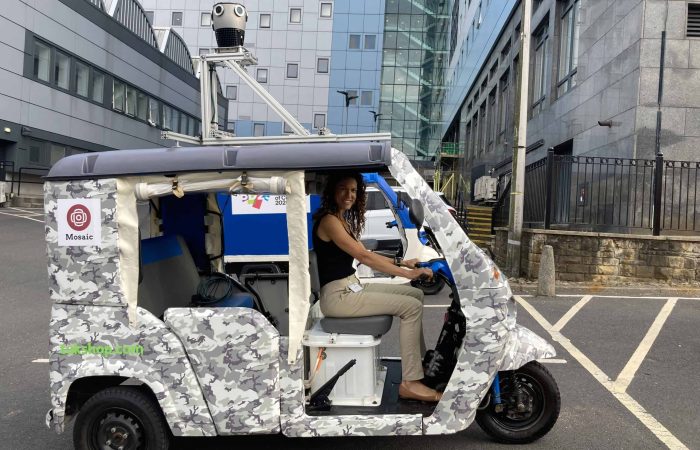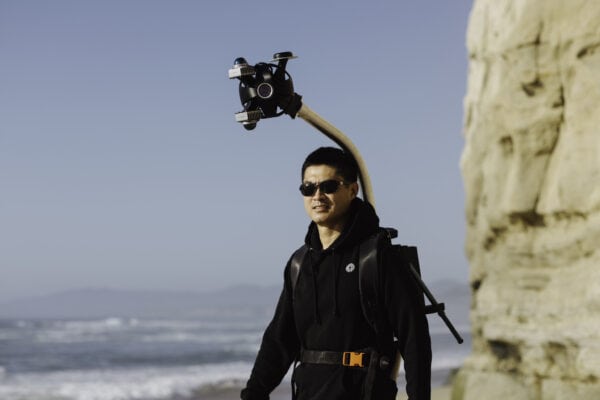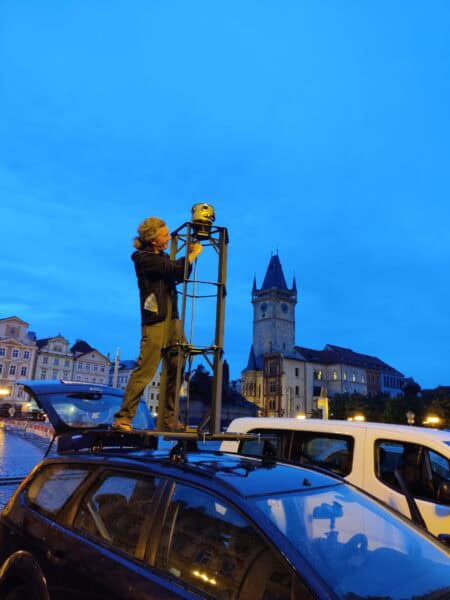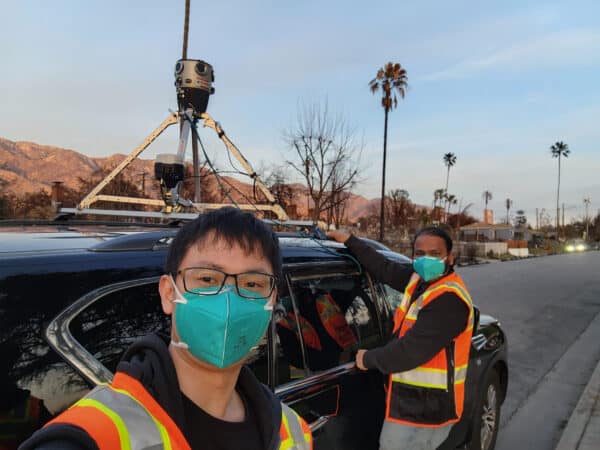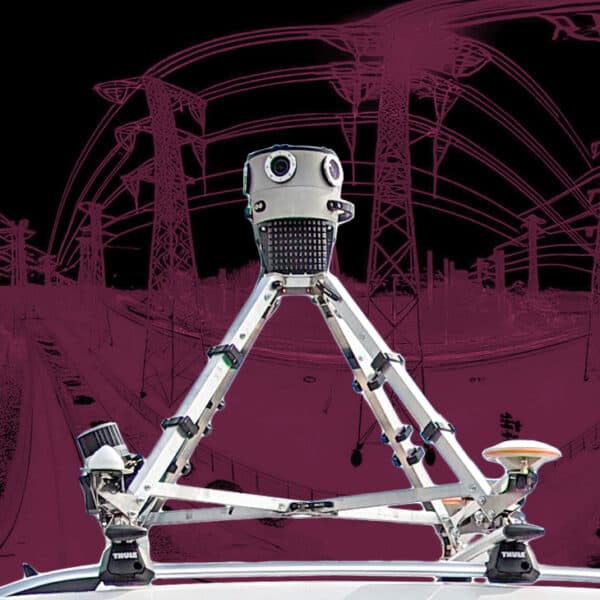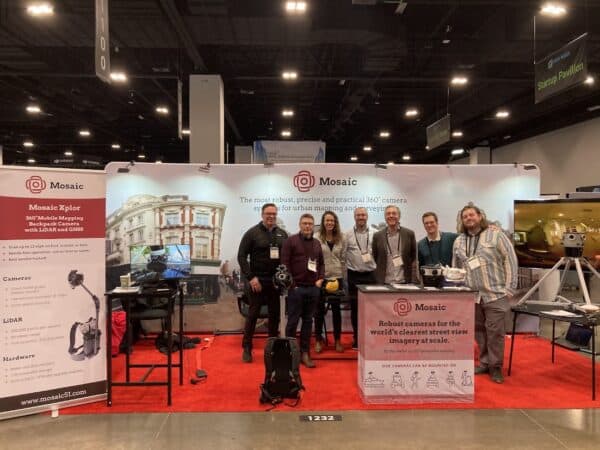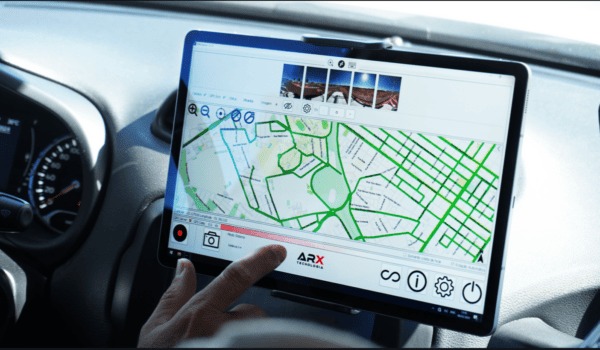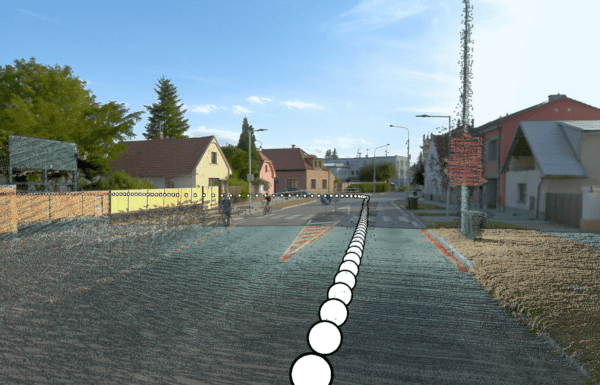The University of Bradford is recognised for its commitment to advancing heritage science using new technologies, with the prestigious Queen’s Anniversary Prize awarded in 2021/2 for world-leading research and innovation in developing archaeological technology and techniques and their influence on practice, policy and society. This article highlights the University’s recent projects involving sophisticated mobile mapping cameras from Mosaic, 360º Geospatial Imaging Leaders. Together, they are not just capturing historic and archaeological sites in unprecedented detail but also setting new standards in how we study and preserve our past.
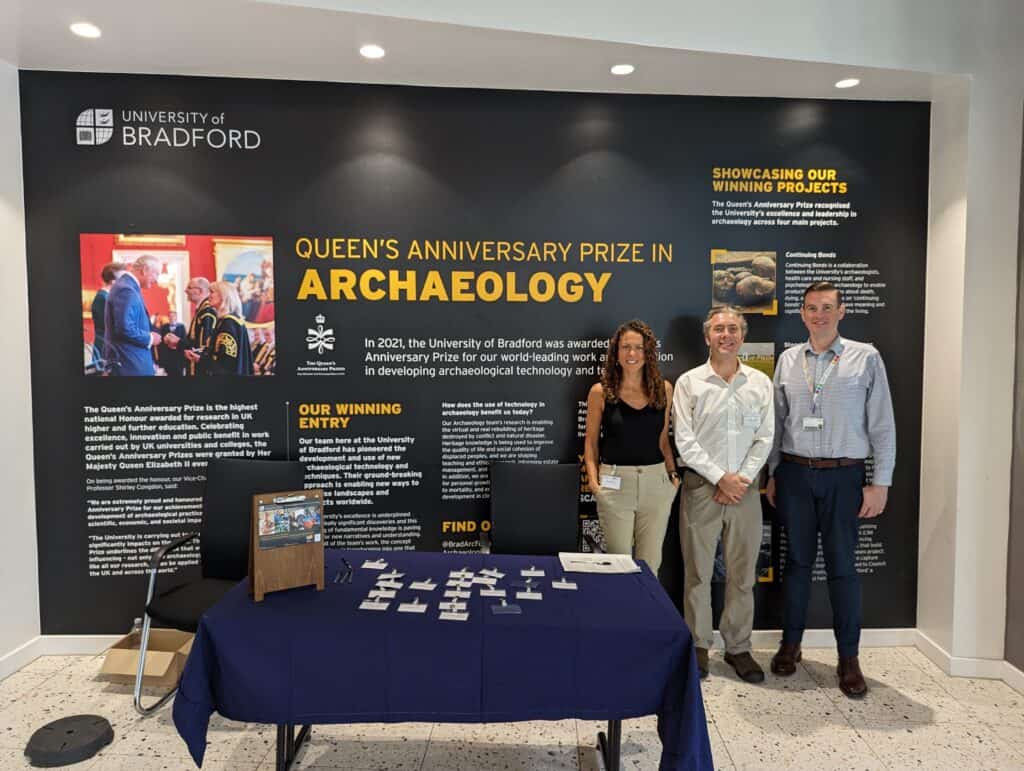
The Backstory
The journey began in 2020 with an initial inquiry from Tom Sparrow, Senior Scientist in Visualising Heritage from the University of Bradford, about the new Mosaic camera systems, having followed Jeffrey Martin, Mosaic CEO’s work for many years, and was given access to sample data. The following year, Tom met the Mosaic team at Geo Business. Impressed by the capabilities of the Mosaic cameras, the University acquired the Mosaic X and Viking systems in early 2023 with funding from the Arts & Humanities Research Council. These tools have since played a pivotal role in various projects for the Visualising Heritage team, led by Professor Andrew Wilson, including the innovative ‘Virtual Bradford’ initiative, which is developing a comprehensive digital twin of the city of Bradford in partnership with the local authority.
The Visualising Heritage team opted for the Mosaic X camera system to ensure that they had the flexibility of a lightweight waterproof system, together with a travel mount that could easily be used for international projects and that could be adapted for use with a backpack system for challenging locations. The Mosaic Viking was chosen due to its superior optics and highest resolution capture capability for applications where detailed imagery was needed, such as for conservation areas and townscape heritage, including the world heritage site of Saltaire.
The Project
In September 2023, the University hosted a showcase event to highlight the applicability of infrastructure funded as part of the CapCo scheme with ‘Capability for Collections in Human Bioarchaeology and Digital Collections’ representing in excess of £7 million investment by the Arts and Humanities Research Council. This funding has propelled the University to the forefront of heritage science, enabling them to develop a detailed digital twin of Bradford at pace and scale. This virtual model integrates in excess of 10,000 aerial images and ground-level data, including those from the Mosaic cameras, offering an unprecedented tool for urban planning, historic exploration, and public engagement.

The Technology
Mosaic’s mobile mapping cameras are central to the University of Bradford’s groundbreaking work in heritage science. The University has achieved several notable firsts that underscore its leadership in adopting new technologies:
- It is the first in the UK to own a Mosaic Viking camera system.
- It is the first University globally to incorporate a Mosaic Viking into its research tools.
- It pioneered the use of the Mosaic X camera system mounted on a fully electric vehicle, enhancing eco-friendly research methodologies.
- It also creatively adapted the Mosaic X for use on a tuk-tuk, showcasing its innovative approach to capturing high-definition data in various settings.
These milestones not only demonstrate the university’s innovative use of technology but also enhance its capability to study and document heritage sites with unprecedented detail and efficiency.
The Impact
The collaboration between the University of Bradford and Mosaic is a testament to the power of combining academic research with technological innovation. The projects undertaken not only serve as a valuable educational resource but also demonstrate the potential of digital technologies in preserving and understanding our cultural heritage.
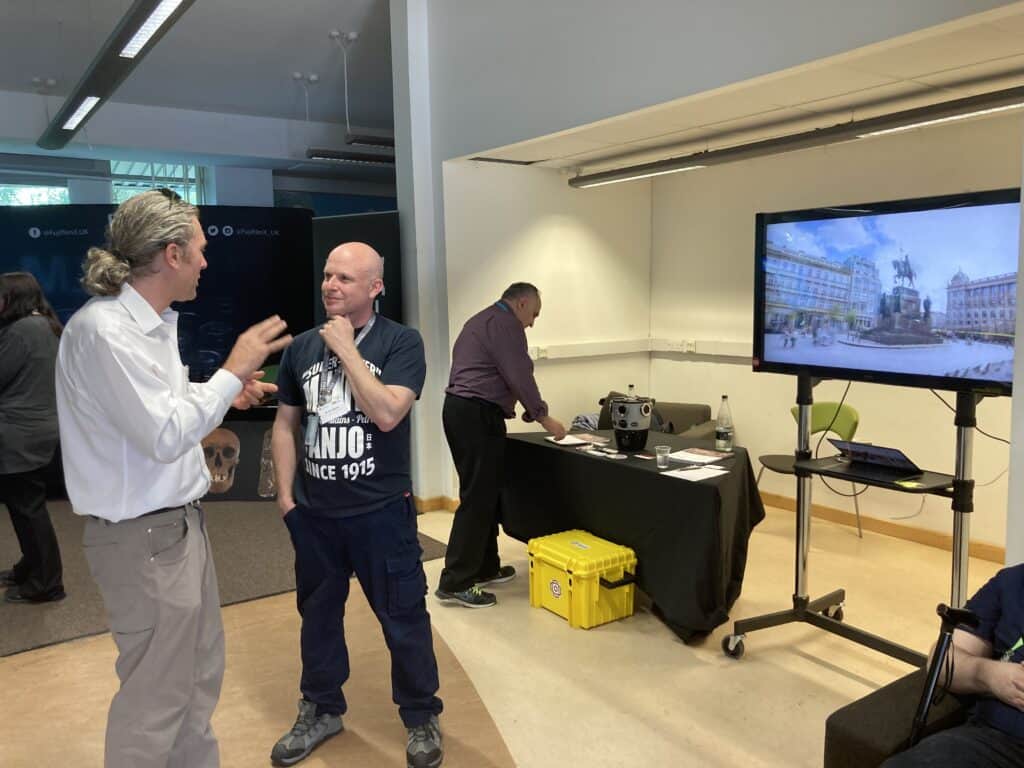
Conclusion
In the coming weeks, the Visualising Heritage team will replicate their work as part of an AHRC-funded project capturing historic townscapes from the Irish walled town network in Kilmallock (Co. Limerick) and Derry. This linkage brings their work full circle since Derry was the first UK City of Culture in 2014, and Bradford is the next UK City of Culture in 2025.
At the upcoming Geo Business event on June 6, 2024, the University of Bradford and Mosaic will present their latest findings and technological advancements, alongside Leica with ‘Mobile mapping and digital twin technologies in Bradford and beyond’. Attendees will get an exclusive look at how mobile mapping and digital twins are revolutionizing the field of archaeology and heritage science, drawing from a range of case studies in the UK, Ireland, and elsewhere. Join us at the Built Environment Theater to explore the future of heritage through the lens of today’s most advanced technology.

